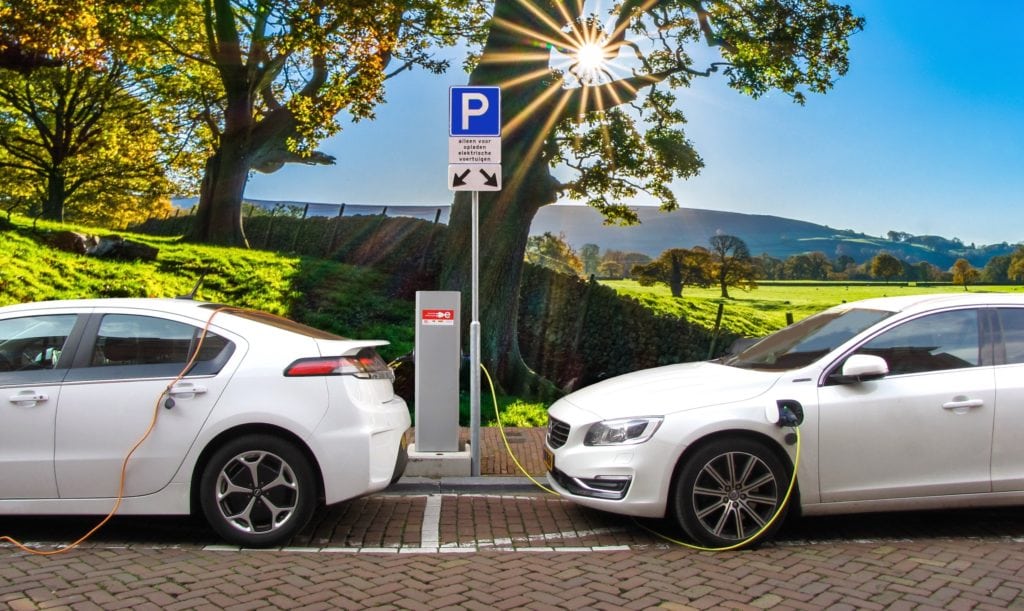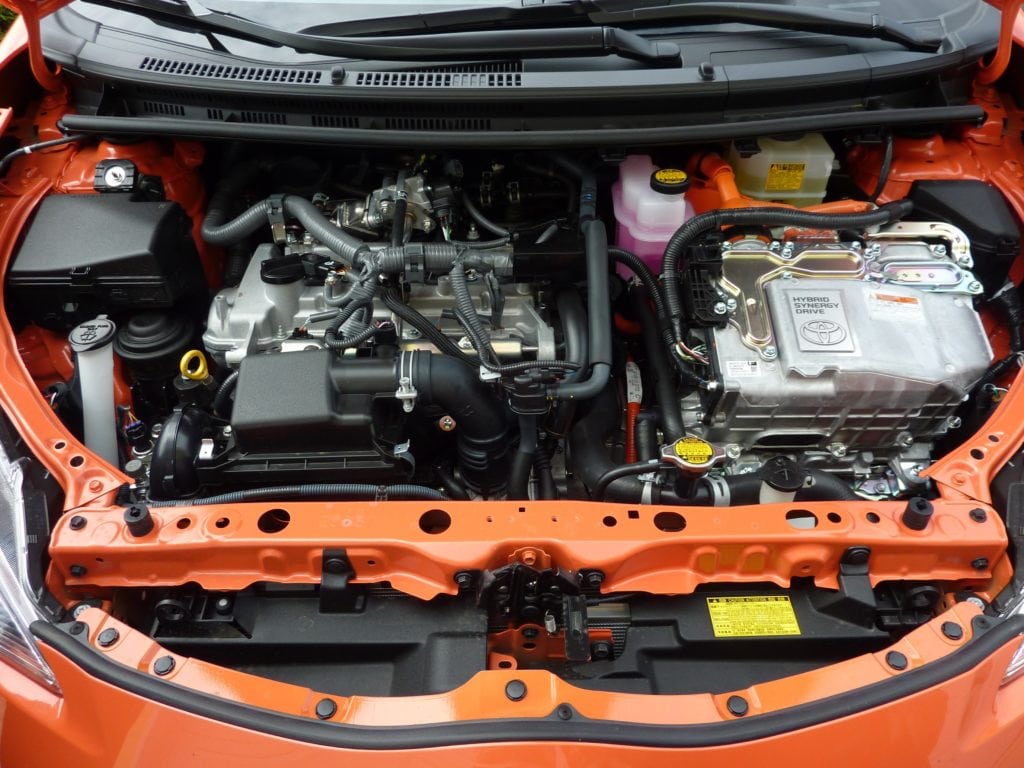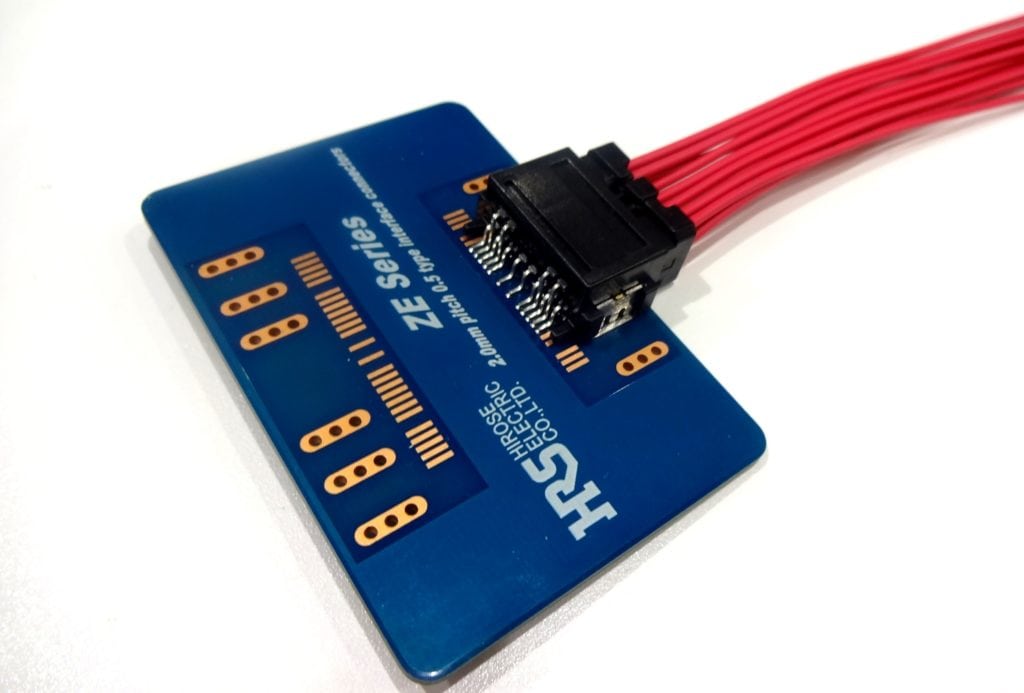More Power to the HEV/EV Connector for Electric and Hybrid Vehicles
Innovative, high-density connectors deliver higher current-carrying capacity and help usher in new levels of performance for electric and hybrid vehicles.
By Kirk Nelson, Director of Sales – Automotive, Hirose Electric
The continued development of hybrid vehicles (HEV) and electric vehicles (EV) is central to most car manufacturers’ future strategies. One day in the not too distant future, HEVs and EVs will dominate the roadways. Electric and hybrid vehicle technology has made significant performance advancements in recent years and offers many advantages over traditional internal combustion engines. Because they use less gasoline (HEV) or no gasoline (EV), these vehicles are much quieter, cleaner during operation, less costly to refuel, and typically require less maintenance due to fewer moving parts and subsequent wear and tear.

However, HEV/EV vehicle manufacturers still face many challenges to increase public acceptance worldwide. The battery systems in these vehicles require additional improvements and increased efficiencies to increase the time and distance they can travel, reduce charging time, and enhance power quality — all within footprints that are smaller and lighter than present-day systems. Advancements to rugged connectors within the battery management system (BMS) can help increase performance in all three areas. More specifically, BMS applications need higher-power connectors in a smaller footprint, all while meeting the requirements of the harsh environment conditions found in automotive applications.
BMS Basics
An HEV/EV battery system consists of many battery cells packaged together. These individual battery cells can have different performance characteristics. When manufacturers package battery cells into packs, they attempt to group cells from the same batch and with similar performance characteristics so that cell-to-cell variations are minimized. However, battery performance often deviates from cell to cell depending on the operating temperature, charging/discharging current, state of charge (SOC), and state of health (SOH).
An HEV/EV battery management system combines sensors, controllers, connectors, and computation equipment with sophisticated software algorithms to maximize battery performance and communicate vital information, including charge/discharge current, SOC (i.e., battery life), and SOH from the battery pack to the driver. A BMS monitors and controls charge/discharge rates depending on variables such as power load demand, power cell voltage, current, temperature, and battery SOC to optimize system performance.

Cell balancing is another essential function of an automotive BMS, as it allows the system to compensate and correct for individual cells that are not functioning properly.
HEV/EV battery performance also depends on the quality of charging. As a result, BMS includes both charging and discharging control. HEV/EV batteries can also recharge as a result of regenerative braking — capturing and storing the kinetic energy of the moving vehicle for future use — which makes battery management systems even more complex.
BMS Connector Requirements
In all automotive applications, connectors must offer high-reliability performance in terms of resistance to heat, shock, vibration, liquid, dust/dirt, and other environmental conditions. In addition, battery management systems require rugged and reliable interconnect solutions that can handle higher currents. Battery cells are often daisy chained, one cell to the next, in order to maximize battery power. Connectors used for daisy chain functionality are vital to cell balancing.
Battery packs are dense and congested with electronics. So, all of their internal components, including connectors, must meet stringent size and weight requirements. These crowded battery packs need connectors with reliable contact connections and positive locking mechanisms.
Connector Solutions
Connector manufacturers continue to develop rugged, IP67-rated interconnect solutions that meet demanding HEV/EV application requirements. Versatile wire-to-board and wire-to-wire connectors combine a small footprint with high current ratings up to 5A. This is a notable improvement from previous versions that could only support 3A, and is a necessity for daisy chaining power cells and increasing the driving range of HEV/EV vehicles. These innovative connectors feature minimal pitch heights of around 2.0mm and low profiles in the neighborhood of 8.0mm to ensure size and weight constraints are met.

Hirose’s ZE05 Series connectors maintain high-energy performance in harsh environmental conditions, including continual exposure to severe vibration and high-temperatures up to 125°C.
In addition, wire-to-wire and wire-to-board connectors, such as Hirose’s ZE05 Series, require 30% less PCB mounting area when compared to other technologies. Older technologies also only allowed for PCB termination on one side of the board, as the other side needed to be grounded, but newer connectors, like the ZE05 Series, do not have this limitation.
Offering a high pin count of 12 or 24 in a dual-row design, these and other advanced automotive connectors deliver higher densities than were previously available. These wire-to-board and wire-to-wire connectors also offer higher nominal temperature sustainability, which is particularly important when operating at higher currents, as the derating curve is intensified. A higher nominal temperature combined with higher current carrying capability ensures safer and faster charging of the HEV/EV batteries.
Many new connector designs feature terminal position assurance (TPA) and connector position assurance (CPA) capabilities. These design elements ensure that a connector is locked into place via a secondary lock, and often feature a clear tactile click mechanism. Connector terminals are also polarized — meaning that they are askew, like a parallelogram — so the connectors can only mate in one direction. This safety feature further increases reliability.
A constant in automotive applications is the requirement for reliable and durable connectors that deliver increased functionality in ever smaller and lighter packages. HEV/EV battery management systems are no different. Innovative, high-density connectors that deliver higher current carrying capacity ensure proper performance of battery management systems, help to maximize drive time, lower charging time, and enhance BMS power performance.





